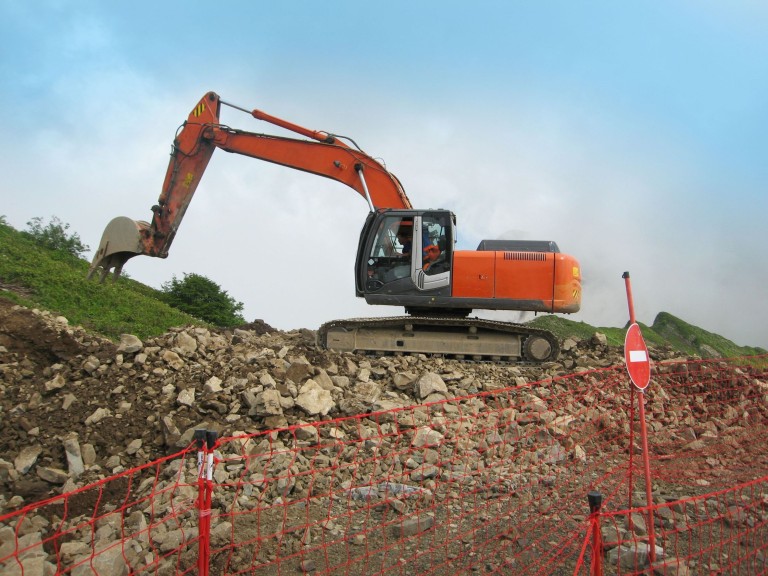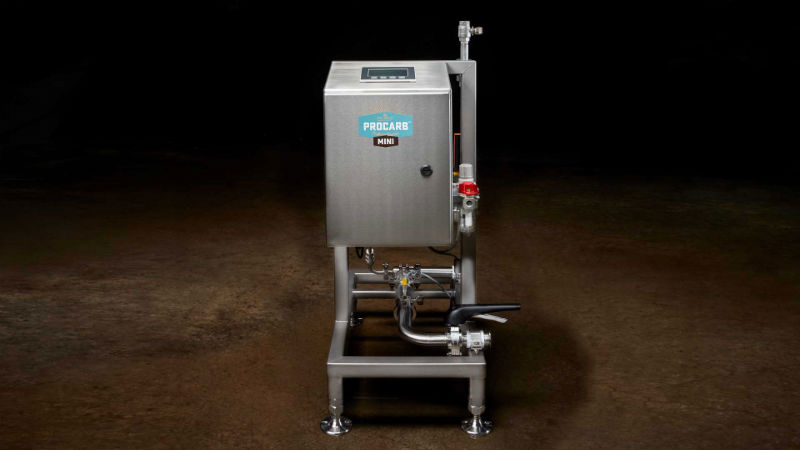Forward Logistics is an essential part of any company’s success. Development, sales, marketing, and fulfillment are just a few parts of the process used to get products into the hands of customers and revenue into the funds of the company. With so much to organize and orchestrate concerning Forward Logistics it can be easy for a company to ignore Reverse Logistics, the process of moving products and materials from the customer elsewhere for reuse. A company that fails to maintain high standards in this area risks displeasing customers, polluting the environment, and losing revenue, making Reverse Logistics a vital process for any company to address.
Reverse Logistics Increases Customer Satisfaction
If a customer is returning a product to your company, it already indicates a lack of satisfaction. Attention to Reverse Logistics can restore that satisfaction by providing a streamlined return process that ensures the customer gets what they want. This involves supplying printable return labels, allowing the customer to track the item’s return progress, and making sure they receive either a replacement product or reimbursement. Making this process as painless as possible for the customer will restore their confidence in your company and increase the chance of return business.
Reverse Logistics Helps The Environment
Reverse Logistics also concerns disposal of products. If an alternative solution is not offered, customers may dispose of products in ways that can harm the environment, especially if your product includes toxic materials. Additionally, product disposal means losing materials that can potentially be reused, which would save your company money. You can discourage this kind of disposal by putting a recycling program into place with your warehouse. Once the warehouse receives the product they will inspect it, separate salvageable components, and safely dispose of the rest. Salvaged components and materials can then be used to manufacture new products, saving your company money on materials.
Reverse Logistics Streamlines The Refurbishment Process
If a return is made, a preset system will help your warehouse efficiently sort the product. With the correct measures in place, your warehouse will have a quality department that can analyze the product for defects. If the product is deemed unusable, it can be disposed of as previously mentioned, but if the product is salvageable your warehouse can take steps toward refurbishing it for future sale. Depending on your company, this may entail sending the product back to you, but in some cases your warehouse can handle the refurbishment process on-site.
Reverse Logistics is a vital consideration for companies of any size, allowing efficient organized procedures that satisfy customers and increase profits. If you’re a business owner, you truly cannot afford to overlook it.


